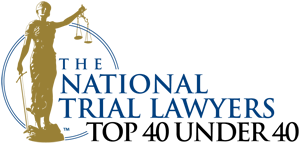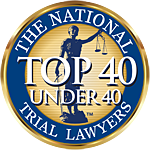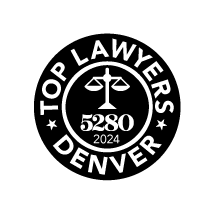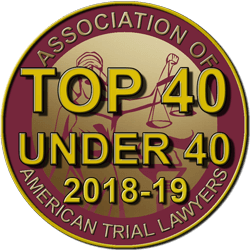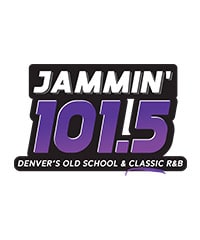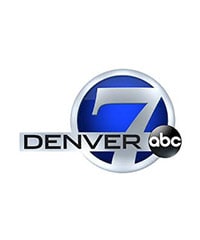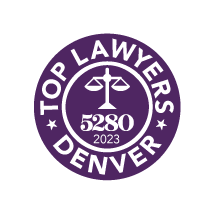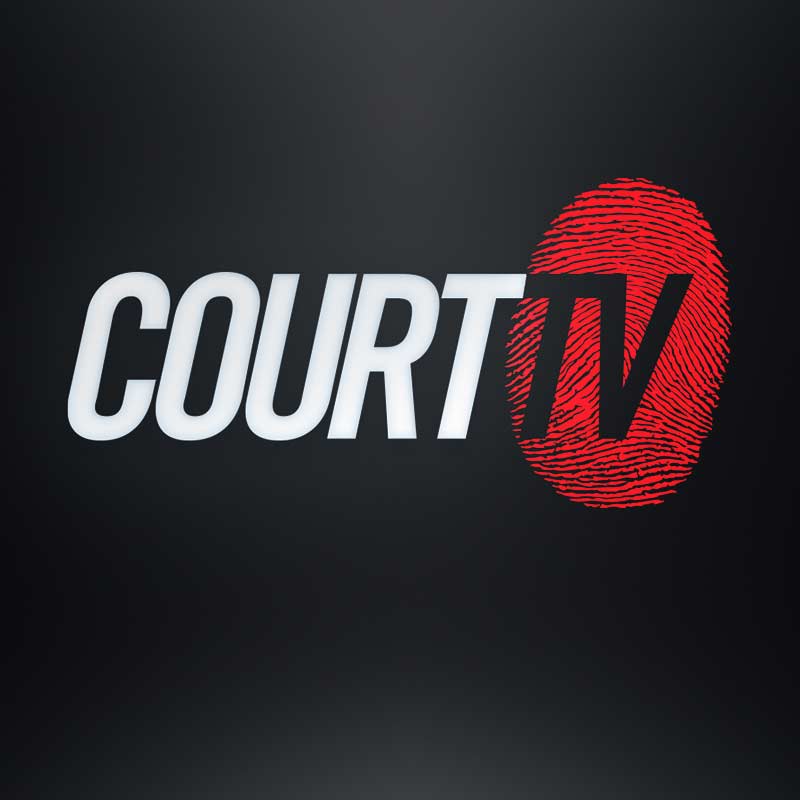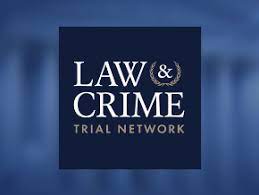Cambiar de carril es una parte necesaria de la conducción, pero los accidentes automovilísticos de cambio de carril pueden ocurrir repentinamente y causar daños y lesiones significativas. Ya sea en la I-25, E470, I-70, o una carretera de dos carriles, cuando este tipo de accidentes ocurren en Denver y sus alrededores, es necesario determinar la culpa para resolver disputas legales y obtener una indemnización por sus pérdidas.
Muchos factores pueden determinar la culpa en los accidentes de cambio de carril. Puede parecer que un conductor tiene la culpa del accidente cuando en realidad es el otro conductor o un tercero. Cada conductor puede tratar de culpar al otro, especialmente si ambos trataron de cambiar de carril al mismo tiempo cuando ocurrió la colisión.
Al comprender la contratación de un Denver abogado de accidente de coche para considerar todos los hechos relevantes y los principios jurídicos de su accidente, a menudo puede identificar al conductor culpable, navegar por el proceso de reclamación por lesiones con mayor eficacia y proteger sus derechos.
Principios generales de la avería
En Denver, la culpa en un accidente de cambio de carril se determina típicamente usando principios de negligencia. La negligencia se refiere a la falta de ejercer un cuidado razonable, lo que lleva a daños o lesiones. En los accidentes de cambio de carril, la determinación de la culpa implica la evaluación de las acciones y responsabilidades de ambos conductores involucrados.
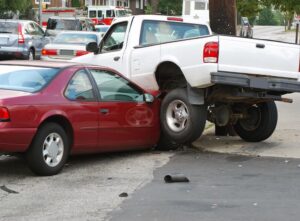
En general, el conductor que cambia de carril debe hacerlo de forma segura y asegurarse de que está despejado y libre de otros vehículos antes de realizar la maniobra. El conductor que ya está en el carril tiene el derecho de paso y espera que los demás conductores respeten las normas de tráfico. Sin embargo, no se asigna automáticamente una falta únicamente por el hecho de que un conductor haya cambiado de carril.
Los elementos de la negligencia
En una demanda por lesiones personales con éxito, usted o su abogado de accidente de coche Denver necesidad de establecer los cuatro elementos esenciales de negligencia:
- Deber de diligencia/norma de cuidado: En primer lugar, debe demostrar que la otra parte tenía un deber de diligencia hacia usted o la obligación de actuar con razonable precaución y sentido común. Demostrar esta obligación suele ser el aspecto más sencillo de una reclamación. Leyes, directrices y principios de sentido común establecen normas de diligencia.
- Incumplimiento del deber: El siguiente paso es demostrar que la otra parte no cumplió la norma de diligencia esperada. Por ejemplo, si un conductor con exceso de velocidad causa un accidente, un conductor razonablemente prudente no debería haber infringido la ley al exceso de velocidad. Demostrar el incumplimiento del deber establece la responsabilidad legal de la parte culpable por los daños resultantes.
- Causalidad: Una vez que su abogado establece la responsabilidad, usted debe probar la conexión entre las acciones de la otra parte y sus lesiones. Esta conexión se conoce como causalidad. La ley exige que las acciones de la otra parte causen sus daños. Por ejemplo, si un conductor que se saltó un semáforo en rojo le golpeó, y usted sufrió una fractura de pelvis y cadera como resultado, la negligencia del conductor causó directamente sus lesiones y daños posteriores.
- Daños y perjuicios: El último elemento que debe demostrar es que ha sufrido daños indemnizables debido a su lesión y a las acciones de la parte culpable. Usted necesita establecer que usted experimentó el daño real que usted puede cuantificar en términos monetarios. Para demostrar los daños, su abogado de accidente de coche de Denver puede presentar varios tipos de pruebas, tales como facturas médicas para su tratamiento, talones de pago para validar la pérdida de ingresos, y el testimonio de expertos sobre el impacto de sus lesiones en su carrera y la capacidad para realizar tareas de trabajo.
Al establecer los cuatro elementos -deber de cuidado, incumplimiento del deber, causalidad y daños- usted y su abogado pueden construir un caso sólido para su demanda por lesiones personales, buscando una compensación justa por su daño.
Trabajar con un abogado experto en accidentes de coche en Denver que pueda reunir y presentar las pruebas necesarias es crucial para maximizar las posibilidades de un resultado exitoso.
Pruebas y declaraciones de testigos
La determinación de la culpa en un accidente de cambio de carril se basa en las pruebas disponibles y en el testimonio de los testigos.
Es fundamental reunir todas las pruebas posibles, incluidas fotografías del lugar del accidente, daños en el vehículo, marcas de derrape y señales de tráfico visibles. Los relatos de testigos presenciales pueden aportar información valiosa sobre la secuencia de los hechos y ayudar a determinar la culpabilidad.
Incluso si usted no puede obtener la información de contacto de cualquier testigo en la escena del accidente, esta información puede estar en el informe del accidente. Cuando usted contrata a un abogado de accidente de coche de Denver, localizarán a testigos siempre que sea posible y buscarán su testimonio en cuanto a cómo ocurrió el accidente.
Leyes y normas de tráfico
En Denver, los conductores deben respetar las leyes y normas de tráfico que regulan los cambios de carril.
La ley de Colorado obliga a los conductores:
- Señalizar su intención de cambiar de carril
- Mantener la velocidad adecuada
- Mantenga una distancia de seguridad con los demás vehículos al cambiar de carril
La infracción de estas leyes puede contribuir a determinar la culpabilidad en un accidente por cambio de carril.
Leyes de Colorado para los cambios de carril
Según CRS §42-4-1007En el caso de las carreteras de tres carriles, los conductores deben permanecer en un solo carril y no salirse de él hasta determinar que pueden cambiar de carril con seguridad. Además, la ley establece que los automovilistas no deben conducir en el carril central cuando se conduce en carreteras de tres carriles, excepto cuando se pasa a otro coche.
CRS §42-4-1003 añade que los automovilistas deben adelantar por el lado izquierdo del vehículo al que adelantan y no deben volver al carril derecho hasta que hayan adelantado con seguridad al otro vehículo. Según la ley de Colorado, el conductor del vehículo adelantado debe ceder el paso al coche que adelanta y no aumentar su velocidad hasta que el otro vehículo le sobrepase.
Videovigilancia y reconstrucción de accidentes
Las imágenes de videovigilancia de las cámaras cercanas o de las dashcams pueden aportar pruebas objetivas de cómo se produjo el accidente. Los expertos en reconstrucción de accidentes pueden analizar la escena, los daños del vehículo y otros factores relevantes para determinar la culpa con mayor precisión. Estos recursos tecnológicos y periciales pueden ser cruciales en casos complejos en los que la culpa está en disputa.
La buena noticia es que cuando usted contrata a un abogado experto en accidentes automovilísticos en Denver, ellos buscarán videos de vigilancia que puedan mostrar su accidente y contratarán a un reconstructor de accidentes de buena reputación si es necesario para su caso. Con representación legal, usted no tiene que preocuparse de hacer estas cosas por sí mismo.
Informes policiales e investigaciones de seguros
Tras un accidente por cambio de carril, ponte siempre en contacto con la policía para informar del incidente. En informe policial puede ser un documento valioso para determinar la culpa, ya que proporciona un relato objetivo de la escena del accidente, las declaraciones de las partes implicadas y las citaciones emitidas.
Recuerde que las compañías de seguros correspondientes también pueden investigar para determinar la culpa, teniendo en cuenta las pruebas disponibles y las declaraciones de los conductores implicados.
Daños comunes en un accidente de coche en Denver por cambio de carril
Sufrir lesiones en un accidente de coche ocasiona gastos adicionales, dolor físico y muchas otras pérdidas. Los daños y perjuicios son la representación financiera de estos gastos y pérdidas. Si te enteras de que alguien recibió $50.000 en daños y perjuicios, recibe una compensación por sus pérdidas.
Los daños y perjuicios suelen dividirse en dos categorías: económicos y no económicos. Son muy diferentes pero esenciales para cualquier reclamación por daños personales.
Los daños económicos representan sus gastos y pérdidas financieras, tales como:
- Pérdidas de ingresos pasadas y futuras
- Facturas médicas pasadas y futuras
- Gastos de bolsillo, como desplazamientos a citas médicas, recetas o suministros y equipos médicos.
- Gastos jurídicos
Dado que los daños económicos son más fáciles de probar con facturas, recibos y cuentas de resultados, su valor es objetivo.
Por otra parte, los daños no económicos no van acompañados de facturas, recibos o declaraciones. Su valor es subjetivo. Estos daños se centran en cómo sus lesiones han afectado a su vida y sus relaciones.
Entre ellas figuran:
- Dolor y sufrimiento
- Pérdida del disfrute de la vida
- Pérdida de consorcio
- Angustia mental
- Cicatrices y desfiguración
- Trauma emocional
- Pérdida de una parte o función del cuerpo
Un abogado experto en accidentes automovilísticos de Denver puede asegurarse de que usted tenga en cuenta todos los daños en su reclamación. También pueden trabajar para negociar un acuerdo justo que cubra equitativamente sus daños.
Causas de los accidentes por cambio de carril
Los accidentes por cambio de carril pueden producirse en diferentes situaciones en la carretera.
Algunos factores que contribuyen a los accidentes por cambio de carril son:
- Falta de señalización: No utilizar los intermitentes es una causa frecuente de accidentes por cambio de carril. Cuando los conductores no indican su intención de cambiar de carril, cogen desprevenidos a los demás conductores, lo que aumenta el riesgo de colisión.
- Puntos ciegos: La comprobación inadecuada de los ángulos muertos es otra causa frecuente. Supongamos que un conductor no comprueba correctamente sus ángulos muertos antes de cambiar de carril. En ese caso, puede que no vea otro vehículo en el carril adyacente, lo que provocaría una colisión.
- Conducción distraída: Las distracciones, como utilizar el teléfono móvil, comer, prestar atención a los animales domésticos o a los pasajeros, o ajustar los mandos del salpicadero, desvían la atención del conductor de la carretera. La falta de atención puede provocar cambios bruscos de carril sin prestar suficiente atención al tráfico circundante, causando accidentes.
- Conducción temeraria: Los comportamientos de conducción agresivos o temerarios, como el exceso de velocidad, ir a rebufo o entrar y salirse del tráfico, aumentan la probabilidad de accidentes por cambio de carril. Los conductores que adoptan estos comportamientos pueden realizar cambios bruscos de carril sin tener en cuenta la seguridad de los demás.
- Falta de paciencia y cortesía: Desafortunadamente, muchos automovilistas de Denver carecen de paciencia y cortesía al volante. La impaciencia y el desprecio por el derecho de paso de otro conductor pueden provocar accidentes por cambio de carril. Los conductores que intentan meterse en pequeños huecos sin señalizar adecuadamente o dar a otros conductores suficiente tiempo de reacción crean situaciones peligrosas.
- Fatiga y somnolencia: El cansancio o la somnolencia del conductor pueden alterar el juicio, el tiempo de reacción y la conciencia. Los conductores cansados pueden no comprobar adecuadamente sus ángulos muertos o calcular mal la distancia y la velocidad de otros vehículos, lo que puede provocar colisiones por cambio de carril.
- Intoxicación: Conducir bajo los efectos del alcohol o las drogas aumenta significativamente el riesgo de accidentes por cambio de carril. Los conductores ebrios pueden mostrar cambios de carril erráticos o no mantener el control adecuado de sus vehículos, lo que puede provocar colisiones.
- Uso inadecuado del espejo: Los conductores deben utilizar correctamente los retrovisores al cambiar de carril. No comprobar los retrovisores con regularidad o confiar únicamente en ellos sin girar la cabeza para comprobar los ángulos muertos puede hacer que se pierda información y provocar posibles accidentes.
- Inexperiencia: Los conductores inexpertos o que acaban de obtener el carné pueden ser más propensos a sufrir accidentes por cambio de carril debido a su escasa familiaridad con las pautas del tráfico, a su falta de juicio o a sus escasas habilidades para comprobar los ángulos muertos y ejecutar los cambios de carril con seguridad.
- Conducir por carreteras desconocidas: Cuando los conductores no conocen una carretera, pueden no prever los cambios de carril o las reducciones, lo que aumenta las posibilidades de accidente.
- No respetar las líneas de la carretera: Las líneas de la carretera tienen diferentes colores y patrones por una razón. Cuando los conductores no entienden esto o ignoran lo que las líneas les indican, infringen la ley y se producen accidentes por cambio de carril.
- Mal tiempo: Las condiciones meteorológicas adversas, como la lluvia, la nieve o la niebla, reducen la visibilidad y afectan al estado de la carretera. En tales situaciones, los conductores pueden tener dificultades para ver otros vehículos o juzgar con precisión su proximidad, lo que aumenta la probabilidad de accidentes por cambio de carril.
Póngase en contacto con un abogado de accidente de coche de Denver hoy
Determinar la culpa en un accidente de cambio de carril en Denver es a menudo difícil pero esencial para maximizar la compensación por lesiones. Implica un análisis cuidadoso de las circunstancias, pruebas y leyes aplicables.
Aunque los principios generales de negligencia guían el proceso, cada caso es único y requiere una investigación exhaustiva. Buscar asesoramiento y representación legal puede ayudar significativamente a navegar por las complejidades de la determinación de la culpa, garantizar la protección de sus derechos y maximizar sus posibilidades de obtener una indemnización justa.
Estas situaciones requieren una actuación rápida, la conservación de las pruebas y la documentación.
Un experimentado Denver abogado de lesiones personales puede proteger sus derechos, reunir pruebas, negociar con las compañías de seguros, y construir un caso fuerte. Ellos entienden las leyes y reglamentos que rigen los cambios de carril en Denver y pueden guiar el proceso legal. Cuanto antes se ponga en contacto con uno, antes podrán empezar a abogar por usted.



